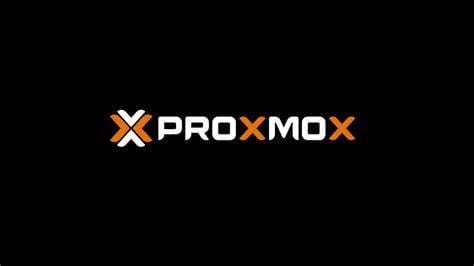Installing Proxmox on a Dell Micro 3080 Home Lab.

Creating a home lab with Proxmox is a great way to explore virtualization, experiment with various software, and improve your IT skills. In this guide, we'll walk you through installing Proxmox on a Dell Micro 3080 equipped with an Intel Core i5 10th-generation CPU 12 cores at 2.3GHz, 8 GB of DDR4 RAM, and a 250 GB NVMe drive, which I bought for €200 from CEX—a great deal.
Prerequisites
Before you begin, ensure you have the following:
- Dell Micro 3080 with:
- Intel Core i5 10th Gen CPU or above
- 16 GB DDR4 RAM Minimum, DDR 4 is relatively cheap.
- 500 GB SATA SSD
- 250 GB NVMe drive, minimum,
- Keyboard and mouse
- A monitor, this is only needed to install the Proxmox on the server.
USB drive (at least 2 GB)
- Proxmox VE ISO: Download from the Proxmox website.
- Rufus or another tool can be used to create a bootable USB drive from the ISO file.
Step 1: Prepare the Installation Media
- Download Proxmox VE ISO:
- Visit the Proxmox Download Page and download the latest Proxmox VE ISO file.
- Create a Bootable USB Drive:
- Insert your USB drive into your computer.
- Open Rufus (or your preferred tool) and select the Proxmox ISO you downloaded.
- Select the correct USB drive. DO NOT WRITE TO YOUR C DRIVE, and click "Start" to create the bootable USB.
Step 2: Configure the Dell Micro 3080 BIOS
- Enter BIOS Setup:
- Power on the Dell Micro 3080 with a keyboard attached and press
F2during boot to enter the BIOS setup. If you have another computer, you will find out how to get to the BIOS.
- Power on the Dell Micro 3080 with a keyboard attached and press
- Set Boot Priority:
- Navigate to the Boot section.
- Set the USB drive as the first boot device.
- Enable Virtualization:
- Go to the Advanced tab.
- Ensure that Intel Virtualization Technology (VT-x) is enabled.
- Save and Exit:
- Save your changes and exit the BIOS setup.
Step 3: Install Proxmox VE
- Boot from USB:
- Insert the Proxmox bootable USB drive into the Dell Micro 3080.
- Power on the system and boot from the USB drive.
- Start Proxmox Installer:
- When the Proxmox installer menu appears, select "Install Proxmox VE" and press
Enter.
- When the Proxmox installer menu appears, select "Install Proxmox VE" and press
- Agree to EULA:
- Read and accept the End User License Agreement.
- Select Target Hard Disk:
- I choose the 500 GB SATA SSD as the target installation disk for Proxmox.
- The 250 GB NVMe drive can be used later for VM storage.
- Configure Country, Time Zone, and Keyboard Layout:
- Select your country, time zone, and keyboard layout.
- Set Up Administration Password and Email:
- Create a strong password for the root account.
- Enter your email address for administrative alerts.
- Configure Network:
- Set the network configuration, including the hostname (e.g., proxmox.local), IP address, netmask, gateway, and DNS servers.
- Complete Installation:
- Review the installation summary and confirm.
- The installer will format the SSD and install Proxmox VE. This process may take several minutes.
Step 4: Initial Configuration of Proxmox VE
- First Boot:
- After installation is completed, the system will reboot.
- Remove the USB drive and allow the system to boot from the SSD.
- Access Proxmox Web Interface:
- On a different computer, open a web browser and navigate to the IP address you configured during installation using HTTPS and port 8006 (e.g.,
https://192.168.1.100:8006).
- On a different computer, open a web browser and navigate to the IP address you configured during installation using HTTPS and port 8006 (e.g.,
- Log In:
- Log in with the root username and the password you set during installation.
Step 5: Configure Storage
- Add NVMe Drive for VM Storage:
- In the Proxmox web interface, navigate to
Datacenter->Storage. - Click
Addand selectDirectory. - Configure the NVMe drive as a directory for storing VM disks and containers.
- In the Proxmox web interface, navigate to
You now have Proxmox VE installed on your Dell Micro. With this setup, you can start creating and managing virtual machines and containers, experimenting with different configurations and software. Proxmox offers a robust, flexible platform for all your virtualization needs. In the following blogs, I will show you how to set up your Server by setting up additional network cards, uploading your favourite ISO, and creating VMs and Containers. If you want to support me and this site, please use the affiliate links above.




